| [1] | M. T. Andani and Z. Ramezani, "Robust Control of a Spherical Mobile Robot," 2017. |
| [2] | T. Pourseif, M. T. Andani, Z. Ramezani, and M. Pourgholi, "Model Reference Adaptive Control for Robot Tracking Problem: Design & Performance Analysis," International Journal of Control Science and Engineering, vol. 7, pp. 18-23, 2017. |
| [3] | H.-T. He and H.-M. Liu, "The research on an adaptive rolling load prediction model based on neural networks," in Machine Learning and Cybernetics, 2005. Proceedings of 2005 International Conference on, 2005, pp. 4094-4099. |
| [4] | R. Shivpuri and P. Chou, "A comparative study of slabe, upper bound and finite element methods for predicting force and torque in cold rolling," International Journal of Machine Tools and Manufacture, vol. 29, pp. 305-322, 1989. |
| [5] | H. Le and M. Sutcliffe, "A robust model for rolling of thin strip and foil," International Journal of Mechanical Sciences, vol. 43, pp. 1405-1419, 2001. |
| [6] | Rahimikelarijani, Behnam, Mohammad Saidi-Mehrabad, and Farnaz Barzinpour. "A mathematical model for multiple-load AGVs in Tandem layout." Journal of Optimization in Industrial Engineering (2018). |
| [7] | Y.-J. Hwu and J. Lenard, "A finite element study of flat rolling," Journal of Engineering Materials and Technology, vol. 110, pp. 22-27, 1988. |
| [8] | K. F. Kennedy, "An approximate three-dimensional metal flow analysis for shape rolling," Journal of Engineering for Industry, vol. 110, pp. 223-231, 1988. |
| [9] | U. Dixit and P. Dixit, "A finite element analysis of flat rolling and application of fuzzy set theory," International Journal of Machine Tools and Manufacture, vol. 36, pp. 947-969, 1996. |
| [10] | S.-H. Hsiang and S.-L. Lin, "Application of 3D FEM-slab method to shape rolling," International journal of mechanical sciences, vol. 43, pp. 1155-1177, 2001. |
| [11] | V. Baecker, F. Klocke, H. Wegner, A. Timmer, R. Grzhibovskis, and S. Rjasanow, "Analysis of the deep rolling process on turbine blades using the FEM/BEM-coupling," in IOP Conference Series: Materials Science and Engineering, 2010, p. 012134. |
| [12] | J. Zhang, J. Wang, X. Wang, and D. Feng, "The adaptive FEM elastic model for medical image registration," Physics in Medicine & Biology, vol. 59, p. 97, 2013. |
| [13] | Rahimikelarijani, B., Saidi-Mehrabad, M., & Barzinpour, F. (2018). A mathematical model for multiple-load AGVs in Tandem layout. Journal of Optimization in Industrial Engineering. |
| [14] | P. Montmitonnet, "Hot and cold strip rolling processes," Computer methods in applied mechanics and engineering, vol. 195, pp. 6604-6625, 2006. |
| [15] | A. Rouholamini, H. Pourgharibshahi, R. Fadaeinedjad, and G. Moschopoulos, "Optimal tilt angle determination of photovoltaic panels and comparing of their mathematical model predictions to experimental data in Kerman," in Electrical and Computer Engineering (CCECE), 2013 26th Annual IEEE Canadian Conference on, 2013, pp. 1-4. |
| [16] | L. E. Zarate and F. R. Bittencout, "Representation and control of the cold rolling process through artificial neural networks via sensitivity factors," Journal of Materials Processing Technology, vol. 197, pp. 344-362, 2008. |
| [17] | F. Arizzi and E. Rizzi, "Elastoplastic parameter identification by simulation of static and dynamic indentation tests," Modelling and Simulation in Materials Science and Engineering, vol. 22, p. 035017, 2014. |
| [18] | D. Bhatt, P. Aggarwal, V. Devabhaktuni, and P. Bhattacharya, "A new source difference artificial neural network for enhanced positioning accuracy," Measurement Science and Technology, vol. 23, p. 105101, 2012. |
| [19] | D. Sbarbaro-Hofer, D. Neumerkel, and K. Hunt, "Neural control of a steel rolling mill," IEEE Control Systems, vol. 13, pp. 69-75, 1993. |
| [20] | S. Abbasi, M. Barati, and G. Lim, "A multi-objective MPEC model for disaster management of power system restoration," in IIE Annual Conference. Proceedings, 2017, pp. 872-877. |
| [21] | K. Yousefpour, S. J. H. Molla, and S. M. Hosseini, "A Dynamic Approach for Distribution System Planning Using Particle Swarm Optimization," International Journal of Control Science and Engineering, vol. 5, pp. 10-17, 2015. |
| [22] | M. T. Andani, H. Pourgharibshahi, Z. Ramezani, and H. Zargarzadeh, "Controller design for voltage-source converter using LQG/LTR," in Texas Power and Energy Conference (TPEC), 2018 IEEE, 2018, pp. 1-6. |
| [23] | H. Pourgharibshahi, M. Abdolzadeh, and R. Fadaeinedjad, "Verification of computational optimum tilt angles of a photovoltaic module using an experimental photovoltaic system," Environmental Progress & Sustainable Energy, vol. 34, pp. 1156-1165, 2015. |
| [24] | J. Ghaisari, H. Jannesari, and M. Vatani, "Artificial neural network predictors for mechanical properties of cold rolling products," Advances in Engineering Software, vol. 45, pp. 91-99, 2012. |
| [25] | D. Lee and Y. Lee, "Application of neural-network for improving accuracy of roll-force model in hot-rolling mill," Control Engineering Practice, vol. 10, pp. 473-478, 2002. |
| [26] | M. H. Imani, K. Yousefpour, M. J. Ghadi, and M. T. Andani, "Simultaneous presence of wind farm and V2G in security constrained unit commitment problem considering uncertainty of wind generation," in Texas Power and Energy Conference (TPEC), 2018 IEEE, 2018, pp. 1-6. |
| [27] | M. A. Baferani, M. R. Chalaki, N. Fahimi, A. A. Shayegani, and K. Niayesh, "A novel arrangement for improving three phase saturated-core fault current limiter (SCFCL)," in Texas Power and Energy Conference (TPEC), 2018 IEEE, 2018, pp. 1-6. |
| [28] | N. Fahimi, M. R. Chalaki, M. A. Baferani, M. R. Tajik, and A. A. Shayegani, "Investigating the failures of defected silicon rubber insulators in salt-fog chamber," in Texas Power and Energy Conference (TPEC), 2018 IEEE, 2018, pp. 1-6. |
| [29] | M. Bagheripoor and H. Bisadi, "Application of artificial neural networks for the prediction of roll force and roll torque in hot strip rolling process," Applied Mathematical Modelling, vol. 37, pp. 4593-4607, 2013. |
| [30] | J.-Y. Jung and Y.-T. Im, "Fuzzy control algorithm for the prediction of tension variations in hot rolling," Journal of Materials Processing Technology, vol. 96, pp. 163-172, 1999. |
| [31] | E. Arinton, S. Caraman, and J. Korbicz, "Neural networks for modelling and fault detection of the inter-stand strip tension of a cold tandem mill," Control Engineering Practice, vol. 20, pp. 684-694, 2012. |
| [32] | F. Rahmani, F. Razaghian, and A. Kashaninia, "High Power Two-Stage Class-AB/J Power Amplifier with High Gain and Efficiency," Journal of Academic and Applied Studies (JAAS), vol. 4, pp. 56-68, 2014. |
| [33] | F. Rahmani, F. Razaghian, and A. Kashaninia, "Novel Approach to Design of a Class-EJ Power Amplifier Using High Power Technology," World Academy of Science, Engineering and Technology, International Journal of Electrical, Computer, Energetic, Electronic and Communication Engineering, vol. 9, pp. 541-546, 2015. |
| [34] | B. Rahmani and S. R. Hashemi, "Internet-based control of FCU hardware-in-the-loop simulators," Simulation Modelling Practice and Theory, vol. 56, pp. 69-81, 2015. |
| [35] | S. R. Hashemi and M. Montazeri-Gh, "Polynomial-based time-delay compensation for hardware-in-the-loop simulation of a jet engine fuel control unit," International Journal of Automation and Control, vol. 8, pp. 323-338, 2014. |
| [36] | S. Hashemi, M. Montazeri, and M. Nasiri, "The compensation of actuator delay for hardware-in-the-loop simulation of a jet engine fuel control unit," Simulation, vol. 90, pp. 745-755, 2014. |
| [37] | A. Mohammed, M. Alhadri, W. Zakri, and H. Aliniagerdroudbari, "Design and Comparison of Cooling Plates for a Prismatic Lithium-ion Battery for Electrified Vehicles," SAE Technical Paper, pp. 01-1188, 2018. |
| [38] | L. Zárate, M. Song, and H. Helman, "Algoritmo para Linearização de Processos via redes neurais e sua análise de comportamento assintótico," in Anais do 5 Simpósio Brasileiro de Redes Neurais, 1998, pp. 199-204. |
| [39] | S. Haykin, "Neural networks, a comprehensive foundation," Macmilan 0023527617, 1994. |
| [40] | R. Lippmann, "An introduction to computing with neural nets," IEEE Assp magazine, vol. 4, pp. 4-22, 1987. |
| [41] | F. M. Ham and I. Kostanic, Principles of neurocomputing for science and engineering: McGraw-Hill Higher Education, 2000. |
| [42] | R. Eberhart, P. Simpson, and R. Dobbins, Computational intelligence PC tools: Academic Press Professional, Inc., 1996. |
| [43] | D. E. Rumelhart, "Parallel distributed processing," in IEEE International Conference on Neural Networks, Plenary Session, 1988. |
| [44] | P. Robi, U. Dixit, and R. Balyan, "Application of neural network for predicting roll force and roll torque in cold flat rolling," in Proceedings of national conference on recent advances in material processing technology, Dept of Prod. Eng., Annamalai Univ. Annamalainagar, India, 2001, pp. 290-297. |
| [45] | P. Dehghanian and S. Aslan, "Enhancing electric safety by improving system resiliency in face of extreme emergencies," in Electrical Safety Workshop (ESW), 2017 IEEE IAS, 2017, pp. 1-1. |
| [46] | P. Dehghanian, S. Aslan, and P. Dehghanian, "Quantifying power system resilience improvement using network reconfiguration," in IEEE 60th International Midwest Symposium on Circuits and Systems (MWSCAS), 2017, pp. 1-4. |





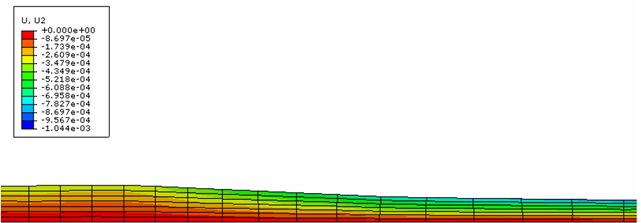
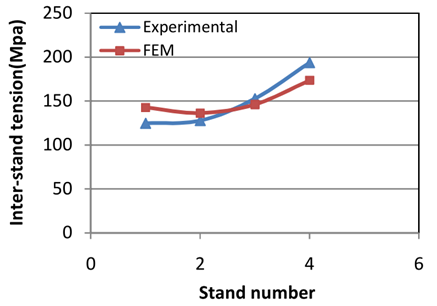


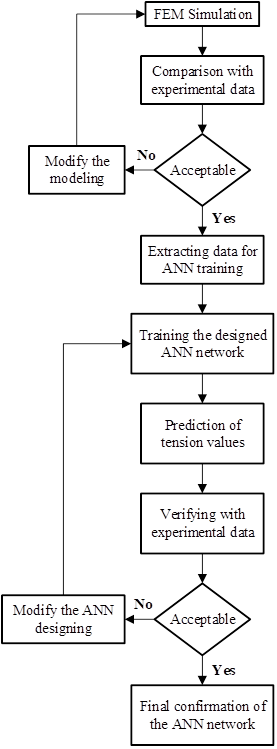

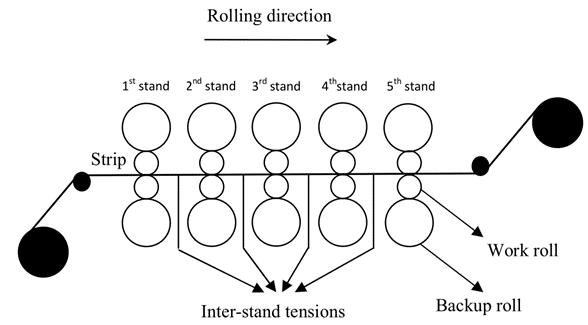


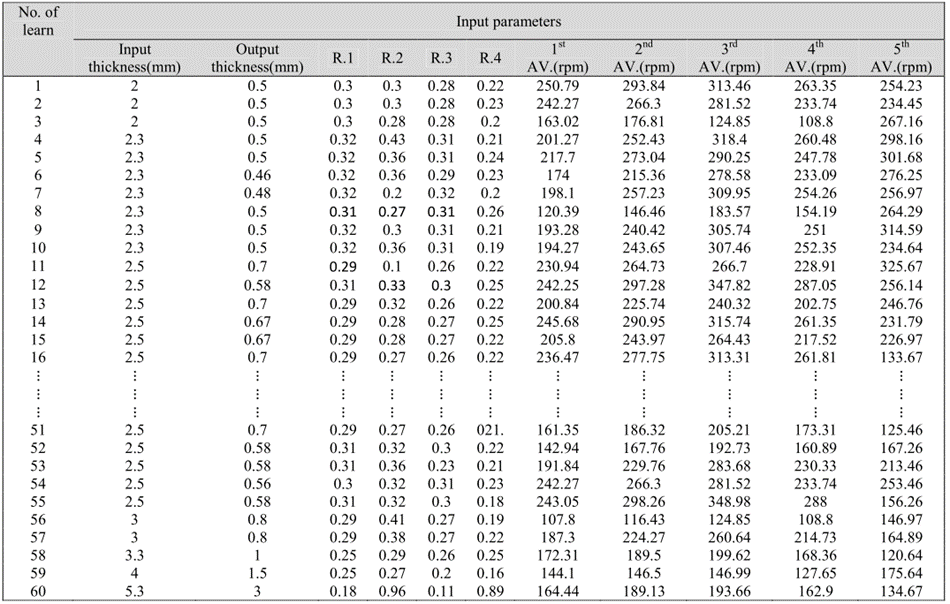


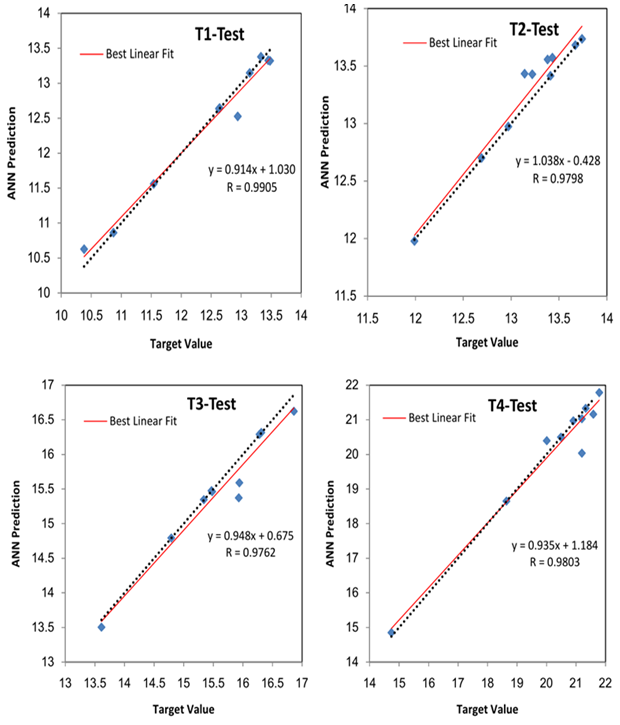




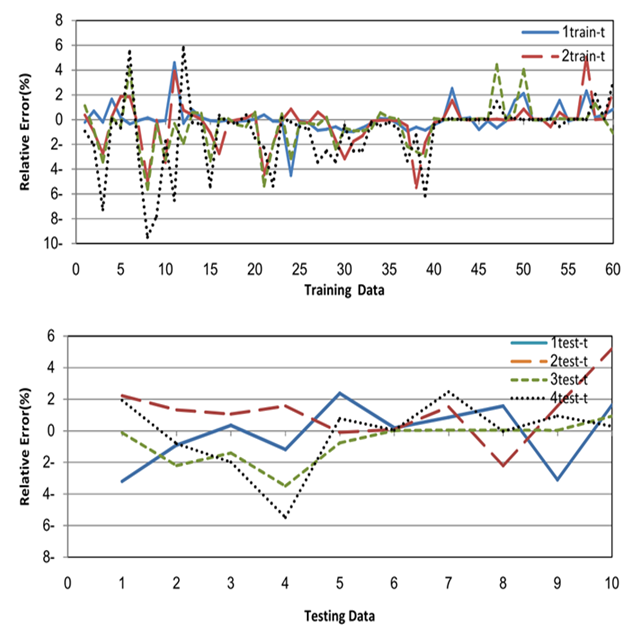
 Abstract
Abstract Reference
Reference Full-Text PDF
Full-Text PDF Full-text HTML
Full-text HTML